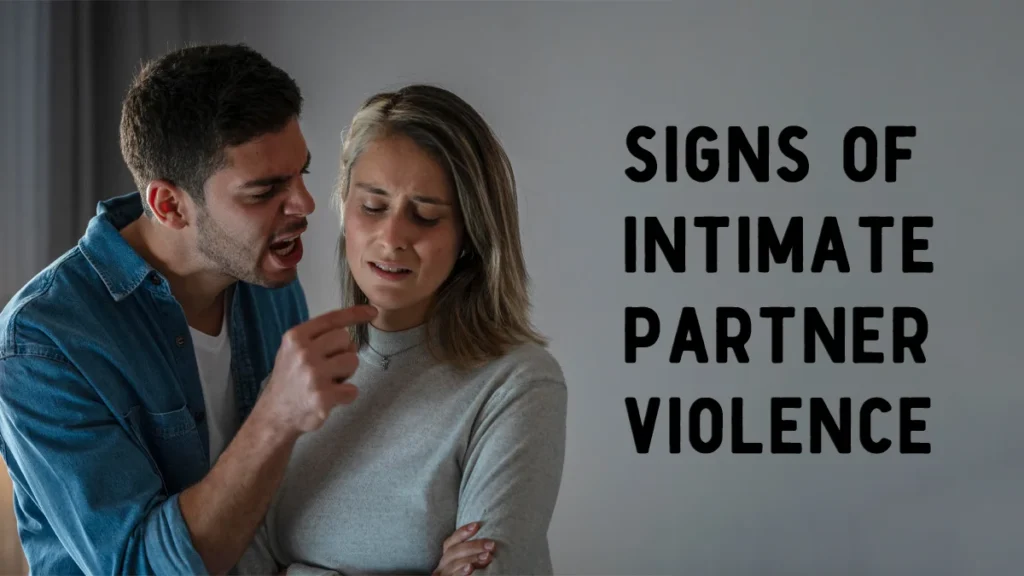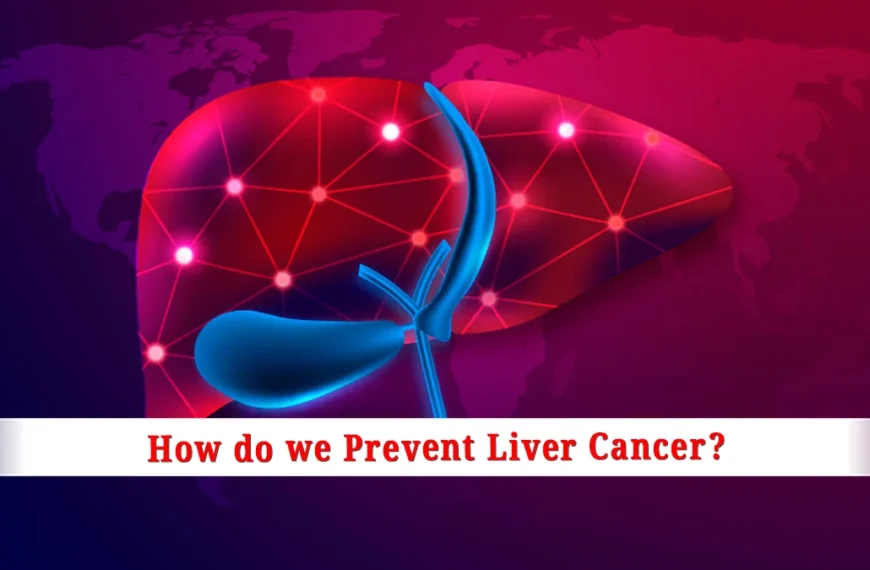Explore the intricate web of intimate partner violence (IPV), delving into its complexities, varied forms, and underlying causes. Learn to recognize the signs, understand risk factors, and discover ways to prevent and heal from this pervasive issue affecting millions worldwide.

What is Intimate Partner Violence?
Intimate partner violence (IPV) is a significant and preventable public health issue that impacts millions of women, irrespective of their age, economic status, race, religion, ethnicity, sexual orientation, or educational background. It occurs within an intimate relationship or former relationship, and victims can be male or female. Studies in the 1990s showed that both men and women could be perpetrators or victims of domestic violence. Women are more likely to respond with violence in retaliation or self-defense and tend to engage in less severe forms of violence than men. In contrast, men are more likely to perpetrate long-term cycles of abuse.
The World Health Organization (WHO) defines intimate partner violence (IPV) as any behavior within a romantic relationship that causes physical, psychological, or sexual harm to those involved. According to a 2010 study, 30% of women worldwide aged 15 and older have experienced physical and/or sexual intimate partner violence. IPV is considered a major global public health issue, with the United States experiencing the highest prevalence but the lowest reporting rates for this crime.
People who experience abuse from their partners often have a difficult time recognizing the abuse because they normalize or minimize harmful behaviors, which is a result of the complex dynamics of abuse. According to the Centers for Disease Control and Prevention (CDC), approximately 25% of women and 10% of men in the United States have encountered some type of intimate partner violence in their lives. Additionally, approximately 20% of homicides are committed by intimate partners, and over 50% of the women murdered in the United States are killed by current or former male partners.
Intimate Partner Violence vs Domestic Violence
Domestic violence and intimate partner violence are terms often used interchangeably, but they can have slightly different scopes.
Intimate Partner Violence (IPV)
- Definition: IPV specifically refers to violence or abuse that occurs between individuals in an intimate relationship. This encompasses relationships where partners are dating, married, cohabiting, or involved romantically.
- Focus: It emphasizes violence between current or former partners, whether they live together or not.
- Scope: IPV encompasses various forms of abuse, including physical, emotional, sexual, financial, or psychological abuse, occurring within intimate relationships.
Domestic Violence
- Definition: Domestic violence is a broader term that includes violence or abuse within a domestic setting. It extends beyond intimate partner relationships to include abuse within families or households.
- Focus: While IPV is a subset of domestic violence, the latter covers a wider range of relationships beyond intimate partners. It includes abuse involving family members, children, elderly relatives, or any individuals living in the same household.
- Scope: Domestic violence encompasses abuse not only between intimate partners but also among family members, such as parent-child abuse, sibling abuse, or abuse against elderly relatives.
In essence, intimate partner violence specifically refers to abusive behaviors within intimate relationships, whereas domestic violence encompasses a broader spectrum, including intimate partner violence but extending to abuse within familial or household relationships beyond just romantic partners. Both IPV and domestic violence involve patterns of abusive behavior, and addressing both requires similar strategies focusing on prevention, support for victims, legal interventions, and societal education on healthy relationships and conflict resolution.
Types of Intimate Partner Violence
Intimate partner violence (IPV) encompasses various forms of abusive behaviors that occur within a close relationship. These can be categorized into several types:
- Physical violence: This involves any use of physical force that causes injury, harm, or impairment. It includes hitting, punching, kicking, slapping, choking, and any other form of bodily harm.
- Sexual violence: This refers to any sexual act or behavior perpetrated against a person’s will or without their consent. It includes rape, unwanted sexual touching, coercion, and other forms of sexual abuse.
- Emotional or psychological abuse: This type of abuse involves behaviors aimed at undermining an individual’s sense of self-worth, control, or identity. It includes verbal threats, intimidation, constant criticism, manipulation, gaslighting, and isolation.
- Financial abuse: This form involves controlling or exploiting a partner’s financial resources or economic situation. It might include preventing access to money, controlling financial decisions, or sabotaging employment or educational opportunities.
- Digital or technological abuse: With the rise of technology, this type of abuse involves the use of technology to harass, monitor, threaten, or intimidate a partner. It can include constant texting or calling, monitoring social media or online activities, and using technology to control or stalk a partner.
- Spiritual abuse: This involves using spiritual beliefs or practices to manipulate, dominate, or control a partner. It might include using religious doctrine to justify abusive behaviors or prevent a partner from practicing their beliefs freely.
These forms of violence often coexist, and an individual might experience multiple types simultaneously in an abusive relationship. It’s crucial to recognize these types of abuse and seek help or support if experiencing or witnessing such behaviors.
ALSO READ: Understanding the Mind of a Pathological Liar: Signs of a Pathological Liar You Should Never Ignore
Signs of Intimate Partner Violence
Identifying and addressing abusive relationships can be vital, and being able to recognize signs of intimate partner violence (IPV) plays a crucial role in this process. Some common signs include:

- Physical injuries: Unexplained bruises, cuts, broken bones, or frequent injuries might be signs of physical abuse. These injuries may be explained away or covered up by the victim.
- Emotional changes: Sudden changes in mood, behavior, or personality, such as increased anxiety, depression, fearfulness, or a noticeable decrease in self-esteem, could indicate emotional or psychological abuse.
- Controlling behavior: The abuser may exert control over the victim’s actions, limiting their access to friends, family, finances, or resources. They might monitor or dictate the victim’s activities, constantly checking in on them or making decisions without their input.
- Sexual coercion: An unwillingness to engage in sexual activity, discomfort discussing or participating in sexual acts, or reports of unwanted sexual experiences might indicate sexual abuse or coercion.
- Isolation: Sometimes, people who are hurt by someone can end up feeling more and more alone. They might not be able to see their friends, family, or others who can help them because the person hurting them doesn’t want them to have any other relationships outside of the one they have together.
- Constant surveillance or stalking: The abuser may excessively monitor the victim’s movements, activities, or communications. This can include tracking their whereabouts, reading their messages, or monitoring their online presence without consent.
- Financial control: The victim may have limited or no access to money, financial resources, or control over their financial decisions. The abuser might prevent the victim from working or accessing funds.
- Excuses or justifications: Victims might make excuses for their partner’s behavior, minimizing or rationalizing abusive actions. They might also blame themselves for the abuse.
- Fear and anxiety: Constant fear, anxiety, or a sense of walking on eggshells around the partner are common emotional responses to abuse.
- Unpredictable behavior: The abuser’s behavior might be erratic or unpredictable, causing the victim to feel constantly on edge or unsure of what might trigger aggression.
Recognizing these signs can help individuals or those around them identify abusive relationships. It’s essential to approach such situations with care, sensitivity, and support, encouraging victims to seek help and providing them with resources to safely exit the abusive situation.
ALSO READ: Love Red Flags: 10 Signs you’re in a Toxic Relationship
Risk factors for Intimate Partner Violence
Several risk factors can contribute to the likelihood of intimate partner violence (IPV) occurring. These factors may vary in their significance and can be interrelated. Some common risk factors include:
- History of violence: Individuals who have a history of witnessing or experiencing violence in their families during childhood are at a higher risk of perpetrating or experiencing IPV themselves.
- Previous abusive relationships: Those who have been in abusive relationships previously, either as victims or perpetrators, are at an increased risk of being involved in subsequent abusive relationships.
- Substance abuse: Misuse of alcohol or drugs is often associated with a higher incidence of IPV. Substance abuse can lower inhibitions, impair judgment, and increase aggression, leading to violent behavior.
- Young age: Younger individuals, particularly teenagers and young adults, may have less experience navigating relationships and managing conflicts, which can increase the risk of violence.
- Unemployment or financial stress: Economic strain or unemployment can contribute to stress within a relationship, increasing the likelihood of conflicts that escalate to violence.
- Social and cultural factors: Societal norms that perpetuate gender inequality, condone violence, or reinforce traditional gender roles can contribute to the risk of IPV.
- Lack of social support: Individuals who lack a strong support system or have limited access to resources and help, such as friends, family, or community services, may find it harder to leave or seek assistance in abusive situations.
- Mental health issues: Certain mental health conditions, such as untreated trauma, depression, or personality disorders, can contribute to abusive behaviors or make individuals more vulnerable to being victims of abuse.
- Jealousy and possessiveness: Partners who exhibit extreme jealousy, possessiveness, or a need for control may be at a higher risk of engaging in abusive behavior.
- Pregnancy and postpartum period: Pregnancy can be a vulnerable time, and IPV incidents might increase during this period due to stress, changes in roles, and increased dependency.
Understanding these risk factors can help identify individuals or relationships that might be at higher risk for IPV. Early intervention, education on healthy relationships, access to support services, and addressing underlying issues like substance abuse or mental health concerns can play pivotal roles in preventing and reducing the occurrence of intimate partner violence.
Te Mend Final Thoughts
Embracing awareness, education, and support systems is pivotal in breaking the cycle of intimate partner violence. By understanding its multifaceted nature, recognizing warning signs, and addressing underlying causes, we pave the way for a future free from the haunting grip of abuse. Together, through collective efforts and compassion, we can foster healthier relationships, empower survivors, and build a world where respect and safety reign supreme.”
“Good news! Te Mend is now available on WhatsApp & Telegram Channels. Subscribe today through the link and stay updated with the latest news!” Whatsapp & Telegram




